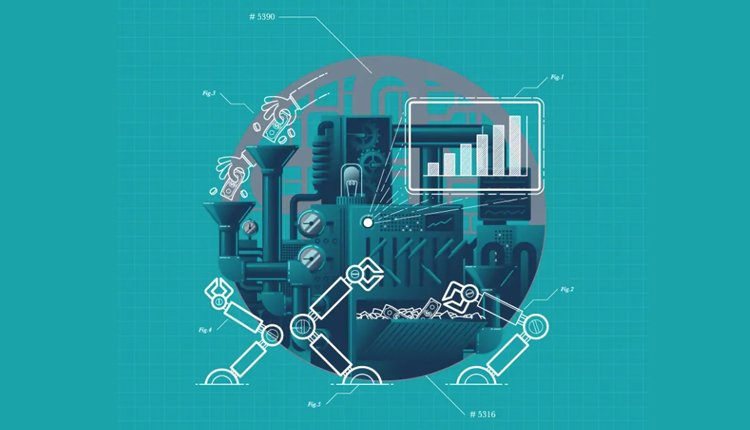Deloitte report: Manufacturing industry opting for robotics and AI in challenging economic landscape
The manufacturing industry is turning to robotics and artificial intelligence as well as a range of other strategies to navigate an increasingly challenging economic landscape, according to a report by Deloitte.
The management consultancy says that, as the risk of a global economic downturn grows, the industrial manufacturing industry faces a challenging landscape in 2020 replete with trade tensions, muted job growth, supply chain volatility and an ongoing skilled talent shortage.
Yet, despite these headwinds, industry leaders are rapidly developing coping strategies – not only to weather the brewing storm, but to thrive in spite of it.
Paul Wellener, US industrial products and construction practice leader, shares his insights into these and other topics in his 2020 Manufacturing Industry Outlook.
One of the key findings of the report is the way the current business climate is driving manufacturing, with companies entering partnerships with companies that offer complementary technologies in order to build “digital muscle”.
The velocity with which the fourth industrial revolution is progressing is now challenging manufacturers to roll up their sleeves even more to keep the momentum going as they achieve various milestones along their digital journey.
Early successes have increased many companies’ appetites for further digital exploration and investment.
However, the current labor and trade uncertainties within the global manufacturing industry could stall digital progress.
Therefore, in recent months, many companies have shifted their efforts toward digital projects that build agility and scalability to help them to manage risk.
Digital “muscle building” can be one of the leverage points to increase flexibility in global supply chains.
Applying artificial intelligence, cloud computing, advanced analytics, robotics, and additive manufacturing to the value chain can increase visibility and transparency, allowing manufacturers to make faster changes to operations to respond to market-based threats or opportunities.
As manufacturers continue to seek out the bright spots in the global landscape— including emerging markets—their ability to flex production, delivery, and customer support will continue to be important.
Shifts in sourcing (and thus production) are already playing out on the global stage. US imports from China were down 12.7 percent in the first eight months of 2019 versus the same period in 2018.
Meanwhile, US imports from Mexico were up 5.9 percent, and US imports from Vietnam were up 37.4 percent.4 In a matter of months, manufacturers have shifted both sourcing and production to different geographies, seeking tariff-friendly combinations.
For manufacturers, this must be executed precisely given lead times – and even customer approvals – for both original equipment and their highly profitable aftermarket components.
These focal points are likely to continue for 2020, as they support manufacturers’ efforts to build digital into the core of their supply networks and improve risk management in uncertain conditions.
Read the complete report here
Share feedback and join the discussion on the Telegram Group
https://t.me/joinchat/

